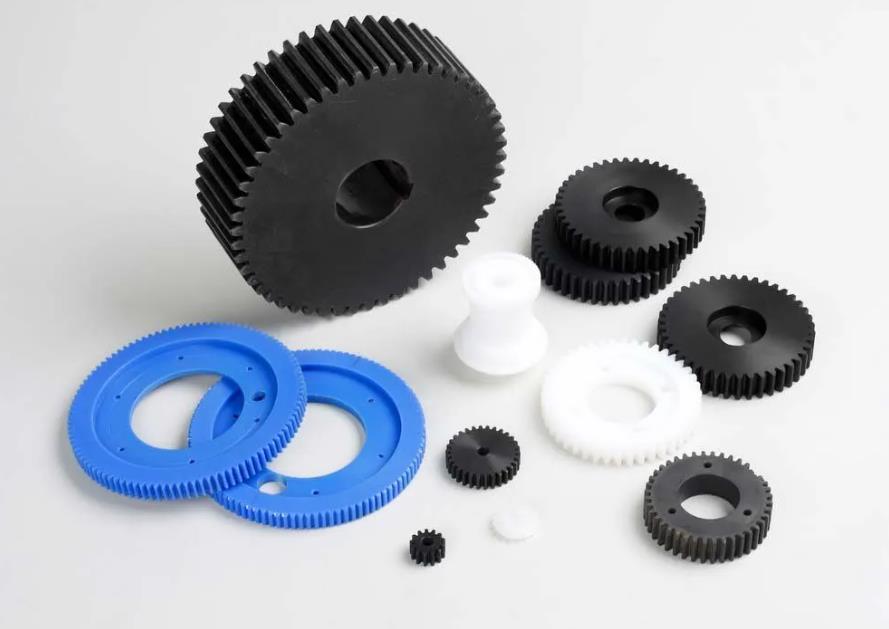- Mar 18, 2024
Injection molding is a widely used manufacturing process for producing plastic parts and products with high precision and efficiency. However, the cost of injection molding can vary significantly depending on various factors. In this article, we will explore the key factors that influence the cost of injection molding and how manufacturers can optimize these factors to achieve cost-effective production.
1. Part Design Complexity:
The complexity of the part design is a significant factor that affects the cost of injection molding. Parts with intricate shapes, undercuts, thin walls, or complex geometries require more elaborate molds and additional machining operations, leading to higher tooling costs. Simplifying the part design whenever possible can help reduce tooling costs and overall production expenses.
2. Mold Material and Complexity:
The material used for the mold and its complexity play a crucial role in determining the cost of injection molding. High-quality mold materials such as hardened steel or aluminum alloys offer superior durability and longevity but come at a higher cost. Similarly, molds with complex features, multiple cavities, or side actions require more intricate machining processes and incur higher manufacturing costs. Choosing the appropriate mold material and complexity based on production volume and part requirements can help optimize costs.
3. Production Volume:
Production volume is a significant determinant of the cost of injection molding. Higher production volumes typically result in lower per-unit costs due to economies of scale. Manufacturers can leverage mass production techniques to amortize tooling costs over a larger number of parts, thereby reducing the overall cost per part. Conversely, low-volume production runs may incur higher tooling costs per part, leading to higher overall production expenses.
4. Material Selection:
The choice of material for injection molding significantly impacts production costs. Different thermoplastic resins vary in cost, with engineering-grade polymers generally commanding higher prices than commodity plastics. Factors such as material availability, lead times, and specific performance requirements also influence material costs. By carefully selecting the most cost-effective material that meets the desired performance criteria, manufacturers can optimize production costs without compromising quality.
5. Tolerance and Surface Finish Requirements:
Tight tolerance and high-quality surface finish requirements can increase the cost of injection molding. Achieving precise dimensional accuracy and aesthetic appeal may necessitate additional machining operations, tool polishing, or specialized surface treatments, adding to production costs. Balancing the desired tolerances and surface finish with cost considerations is essential for achieving the optimal balance between quality and affordability.
6. Tooling Modifications and Maintenance:
Over time, molds may require modifications or maintenance to address wear and tear, optimize part quality, or accommodate design changes. These tooling modifications and maintenance activities incur additional costs and may impact production schedules. Properly maintaining molds and addressing any issues promptly can help minimize downtime and associated costs over the long term.
7. Geographic Location and Labor Costs:
The geographic location of the injection molding facility and prevailing labor costs also influence the overall cost of production. Facilities located in regions with lower labor costs or favorable business environments may offer more competitive pricing for injection molding services. Additionally, proximity to raw material suppliers, transportation infrastructure, and customer markets can affect logistics costs and overall production expenses.
8. Regulatory Compliance and Certification:
Compliance with industry regulations and certification requirements can add to the cost of injection molding. Ensuring that products meet safety, environmental, and quality standards may necessitate additional testing, documentation, and quality assurance measures, contributing to production costs. Manufacturers must factor in regulatory compliance considerations when estimating production costs and pricing their products.
In conclusion, the cost of injection molding is influenced by various factors, including part design complexity, mold material and complexity, production volume, material selection, tolerance and surface finish requirements, tooling modifications and maintenance, geographic location, labor costs, and regulatory compliance. By carefully considering these factors and adopting strategies to optimize production processes and resources, manufacturers can achieve cost-effective injection molding solutions without compromising on quality or performance.


